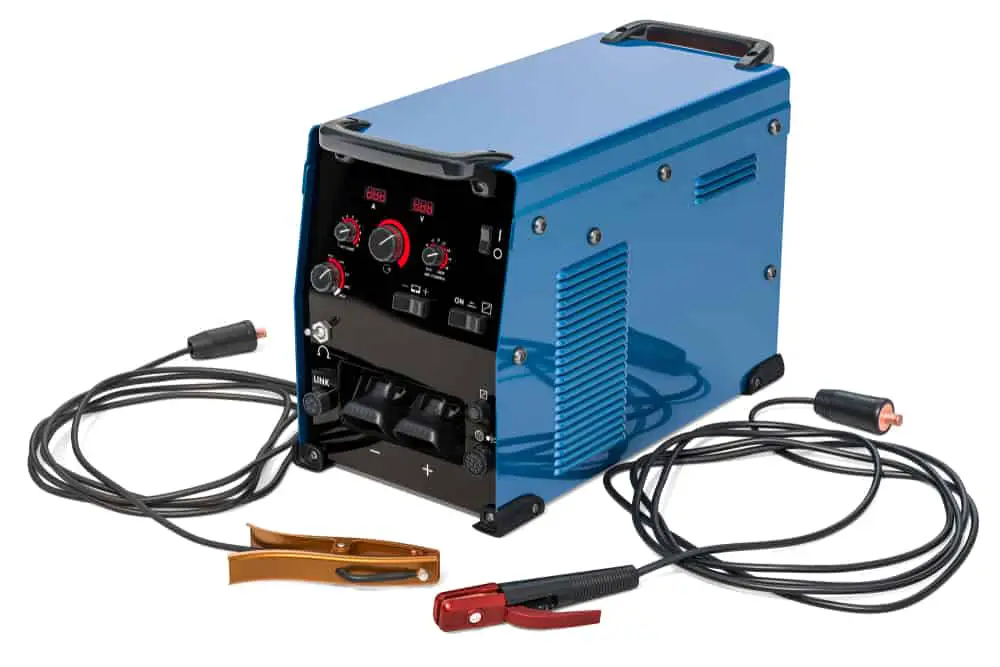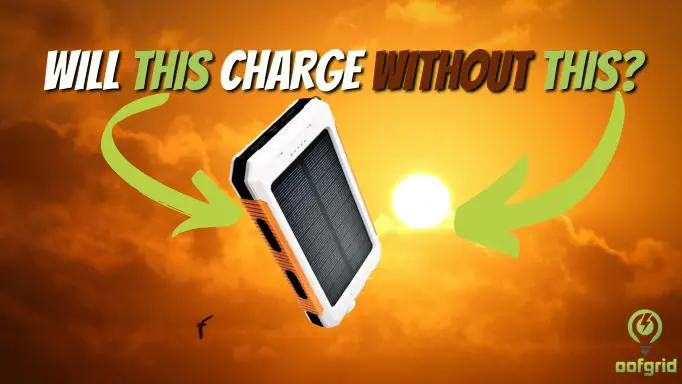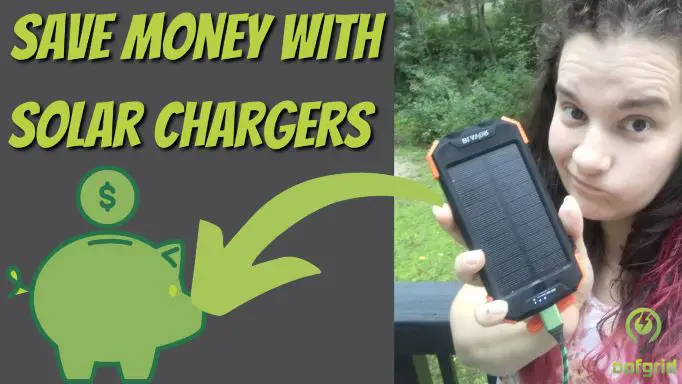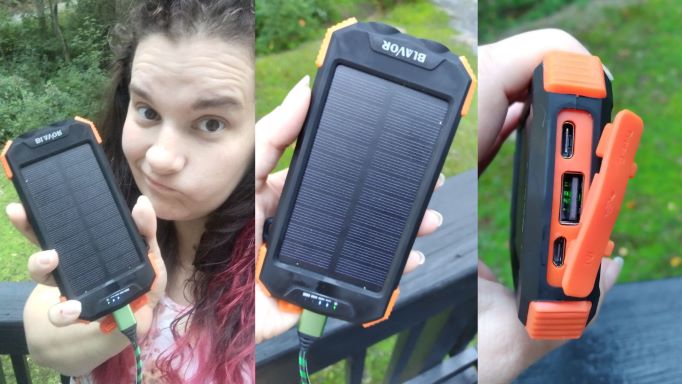A stick welder, or a Shielded Metal ARC Welder (SMAW), is the most common welding tool used. The stick welder takes a fixed-length electrode as well as an electric power source to join two pieces of metal together.
Stick welders are one of the most sought after welding tools out there, so it makes sense why people want to know whether you can run one off of a generator or not.
Chances are that you’re not going to be welding inside of your home, so you’re not going to have easy access to a power socket connected to mains power. Instead, a generator sounds like a great solution – right?
Today we’re going to be talking about whether it’s a good idea or not to use a stick welder with a generator.
Contents
What is stick welding?
Stick welding is a process that many welders opt for when joining two pieces of metal together. The power supply works as an electric arc between the electrodes and the metal either by using a direct current or an alternating current.
The current creates an incredibly high heat of around 6500 degrees Fahrenheit which, when placed against metal, can melt it enough to join with another piece.
The welder will drag the stick welding tool along the edge of the metal while the electrode carries the current to melt the metal into a weld pool simultaneously. The two pieces of metal will join and the molten metal will solidify to create a metallurgical bond.
Why is a generator needed?
Once you decide that you’re ready to begin your stick welding journey, you’re going to need to plan out a few things first. Perhaps the most important question is where you’re going to weld.
Welding can cause sparks and create a dangerous situation if you weld too close to anything flammable, such as curtains, furniture, and carpets. So, inside the house is not the best idea.
What about an outside shed or a garage? These places are sure to have less dangerous surroundings and more space for you to focus on your welding task at hand.
However, there is one issue to think about – the power supply. Where are you going to plug your stick welder into if there are no outlets in your shed or garage?
That’s where a lot of people decide to use a portable generator for power consumption. It’s the best logical option, right?

Rather than pulling extension cords from your home into an outdoor area where the electricity can react with dew in the air or on the grass, use a generator just outside of the doorframe.
While it sounds ideal on paper, is it really achievable to run a stick welder from a generator? We’ve done the research so that you don’t have to.
Can you run a stick welder from a generator?
The answer to this question is unfortunately not straightforward and instead depends on your own views. Some welders say that you can use a generator, while others say absolutely not.
You can technically run a stick welder from your generator, but whether you will achieve the desired outcome is another story altogether.
Below we’ve collated some of the reasons why people have said that they’re on either side of the ‘can you/can’t you’ spectrum.
You can run a stick welder from a generator
Some people think that as long as you do the research beforehand and choose a generator that is powerful enough to keep up with the stick welder’s demands, then there shouldn’t be an issue with using a generator as the power source.
This is true, but you will need to consider the surge of power that the welder will need as it works. Power consumption is a tricky thing to estimate, so you should opt for the most powerful generator that you can find to avoid being disappointed.
You cannot run a stick welder from a generator
When striking a stick welder, there will be a surge of power demanded from the welder. This will put a lot of strain on your generator and might damage it to the point where you cannot use it again.
Even if your generator has an automatic voltage regulator, this might not be quick enough to prevent the surge from damaging your generator.
You will need a generator that is more than double the power that you think you’ll need to run your generator. A stick welder requires a high current as it is around 50 to 350 amps and a low voltage of around 10 to 50 volts.
While the voltage is low, the current is incredibly high and a lot of work for your generator to live up to. If you were looking for a normal generator or already have one that you would use, it would need to be a very powerful model.
Even if you had the most powerful generator on the market, there would still be the potential for the stick welder to be too much and damage the generator.
What about a welding generator?
Even when using a traditional generator, some have found the process to be too slow and difficult, as well as the results being unsatisfactory. However, a welding generator is a different story.
A welding generator has been created specifically for use with welders, with higher amp allowance and lower voltages. Welding generators are a much better alternative to a traditional generator.
Welding Generators
| Image | Title | Buy |
|---|---|---|
 | TOMAHAWK 15 HP Engine Driven Portable 2,000 Watt Generator | Amazon prices |
 | TOMAHAWK Welder Generator Stick Welder | Amazon Prices |
 | Lincoln Outback 185 Engine Driven Welder | Amazon Prices |
 | - Lincoln Electric Ranger 305 G Multiprocess DC Welder | Amazon Prices |
Summary
There are mixed opinions on whether or not you should use a generator to power a stick welder. If it’s powerful enough to deal with the power surges, then it might be just fine. However, you might also risk damaging your generator.
Many people suggest not to try this method; however, as the results are often unsatisfactory and you’ll be risking your generator for nothing.
If you were planning on purchasing a new generator for the task, the best option could be to invest in a welding generator. They’ve been created specifically for this purpose and have much better reviews in regards to welding than traditional generators do.






